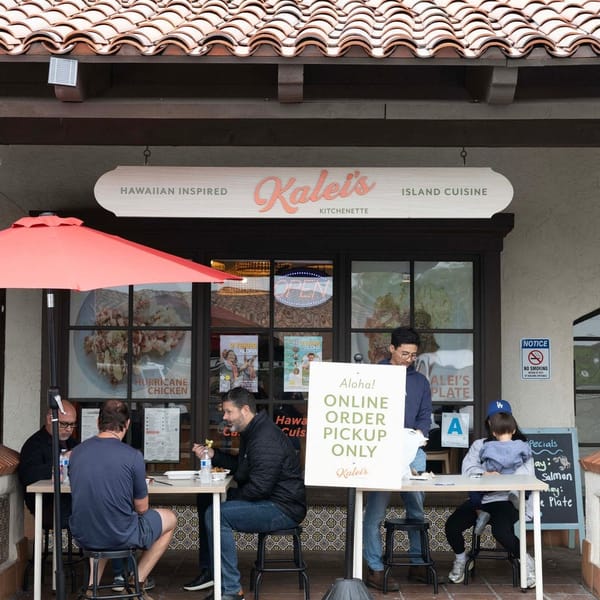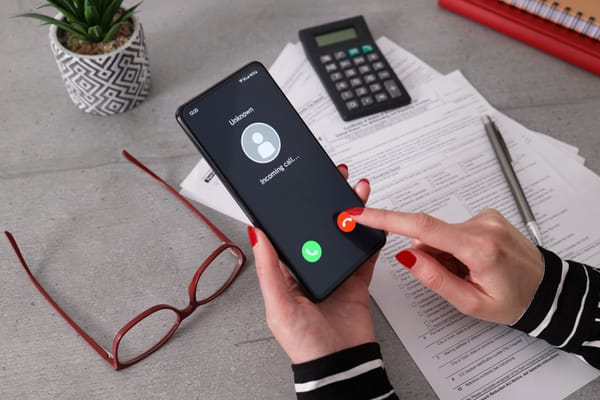Today, consumers are doing nearly everything online — from shopping for clothing and personal care items to visiting their doctor, and even catching a ride from place to place. They're also ordering breakfast, lunch, and dinner with the press of a few buttons.
But the rise in online ordering isn't just because of the COVID-19 pandemic. Online ordering, which encompasses dine-in, takeout, curbside pickup, and delivery, was a staple for high-performing restaurants long before stay-at-home orders. An online ordering system will continue to be the backbone of the restaurant industry long after the pandemic has faded because it allows restaurants to meet customer demand for convenience and flexibility.
Here's how introducing an online ordering system can benefit your restaurant and your guests, and how to get started.
Why online ordering?
Online ordering has become a fixture of life during the pandemic. Sixty-eight percent of consumers are more likely to get takeout from a restaurant than they were before the pandemic, according to the National Restaurant Association. And 64% of delivery customers say they prefer to order directly from a restaurant, compared to just 18% who prefer ordering through a third party.
Customer Benefits
An online ordering system addresses three pressing dining needs:
- It gives your guests an easy way to place orders — whether they're ordering in your restaurant, or for delivery or takeout.
- It allows for safe, contactless payment on a tablet, website, or mobile device, protecting your staff and your guests.
- It improves guests' overall experience with streamlined ordering and payment. They can order when they are ready - no flagging down servers or feeling rushed - and the order goes straight to the kitchen.
Business Benefits
An online ordering system benefits your restaurant, too.
- It allows you to gain insight into your guests' preferences and ordering patterns to make smarter business decisions.
- It could help you turn tables faster and boost sales without spiking your labor costs.
- It cuts overhead costs if you work directly with a technology provider.
These days, it's critical that restaurants let guests order online. It's how you do it that counts. Though third-party delivery apps are able to handle off-site online ordering, they often charge big commissions that can account for between 20% and 40% of the revenue you generate from in-app orders, NPR reports. Taking your online ordering system in-house is a worthwhile investment — in the short term and over the long term. The latest technology allows you to handle the process efficiently, owning the relationship with your guests and keeping more money in your pockets.
Launching your online ordering system
Online ordering isn't as simple as putting a menu up on your website or mobile app. These six steps can help you get up and running quickly.
- Adjust your menu for online delivery. Some dishes just don't travel well. Consider whether a dish will maintain its quality, presentation, texture, and freshness during transport as you plan your online menu. Also, consider the timing to prepare the dish. For example, risotto might not be suitable for takeout, but a quick ravioli dish might be. You can also use online ordering to introduce new menu items, such as meal kits that guests can finish at home to protect the integrity of the dish.
- Note your inventory and supply chain needs. It might be difficult to get all the ingredients you need for certain dishes, especially if you have to balance a dining room menu with your online offerings. Stay on top of your kitchen stock and update your menu to reflect any changes in availability.
- Train your staff. Create a training plan for your staff or use any training materials your system vendor already has, including demo videos and instruction guides. Consider doing a mock online order with your staff, so you can walk them through the process from start to finish.
- Accept price fluctuations. Some menu items might be too cost-prohibitive for online ordering and delivery, so decide where you want to price certain items to make enough of a margin. You might also consider how you can adjust these dishes to still make them profitable or decide to leave them off your online menu entirely.
- Map out your delivery area. Guests don't want to wait an hour for their meal. Set a comfortable delivery radius from your restaurant to ensure optimal lead times for pickup and delivery.
- Market your new offering. Promote your new service on social media and put up signs at the front of the house or outside your front door so guests coming to dine-in or pick up their takeout order know they also can order online. Don't forget to update your website with this information and your business listing on Google. Taking the time to promote online ordering could help you increase sales on this new channel.
Industry data shows that guests prefer to order directly from local restaurants, perhaps because they save on delivery fees and other surcharges, or because there is greater awareness of the impact of third-party apps on restaurant margins. Setting your restaurant up to handle online ordering will make it much easier for diners to show their support. In return, you can deliver a better dining experience — and automate your operations and boost your sales, too.











